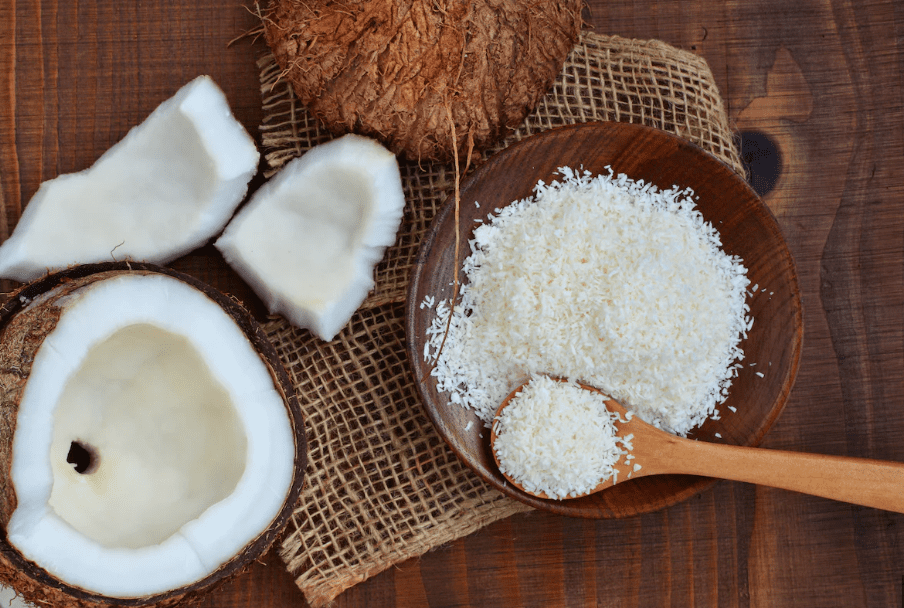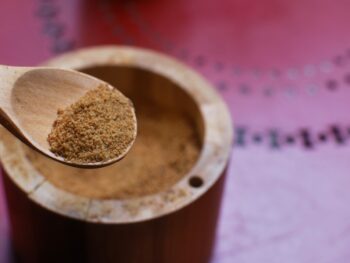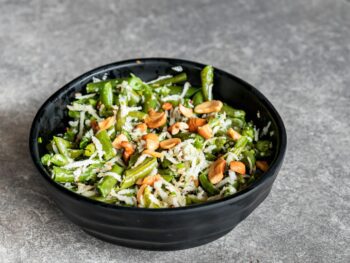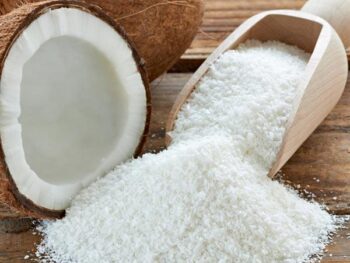
Desiccated coconut, made from the dried, shredded kernel of mature coconuts, has become a widely traded commodity used in the food, bakery, confectionery, and cosmetics industries. With its long shelf life, rich coconut flavor, and high nutritional value, desiccated coconut (DC) has become a staple ingredient across global markets. As consumer preferences shift toward natural, plant-based, and functional foods, demand for coconut-based products—including desiccated coconut—continues to rise.
This article explores the current global market trends for desiccated coconut, key producers and consumers, trade dynamics, emerging innovations, and forecasts for the next decade.
What is Desiccated Coconut?
Desiccated coconut is a finely grated, dried, and unsweetened form of coconut meat. It typically contains around 3% moisture and is available in various grades, including fine, medium, and coarse. The product is used widely in:
- Bakery goods (cakes, cookies, pastries)
- Confectionery (chocolates, candy bars)
- Breakfast cereals and granola
- Savory dishes (curries, rice meals)
- Cosmetic and personal care products
Its versatility, natural sweetness, and fiber content make it appealing to both food manufacturers and health-conscious consumers.
Key Producing Countries

The production of desiccated coconut is concentrated in tropical countries where coconut palms thrive. The leading producers include:
1. Philippines
As the world’s top exporter of desiccated coconut, the Philippines has an established processing industry and exports to over 100 countries. Its strong supply chain, government support, and large-scale coconut farms give it a competitive edge.
2. Indonesia
Indonesia ranks second globally and has a growing desiccated coconut processing sector. The country benefits from abundant raw material availability and increasing investment in agro-processing.
3. Sri Lanka
Sri Lanka is known for its premium-quality desiccated coconut, especially the organic variety. It is a preferred supplier for Europe and the Middle East.
4. India
India has a robust domestic market and is gradually increasing its exports, especially to neighboring countries and the Middle East.
Other notable producers include Thailand, Vietnam, Papua New Guinea, and parts of Africa and the Caribbean.
Major Importing Markets
Desiccated coconut is a key ingredient in many Western and Asian cuisines. Major importers include:
- United States: Used in baking, snacking, and dairy alternatives.
- European Union: Strong demand in Germany, the UK, France, and the Netherlands for both culinary and industrial uses.
- Middle East: Consumed in sweets and desserts such as halwa and baklava.
- China and Japan: Growing demand due to popularity of coconut-based snacks and beverages.
- Australia and New Zealand: High per capita consumption in natural and organic food segments.
Market Trends

1. Rising Demand for Plant-Based and Clean Label Products
Consumers are increasingly seeking plant-based, vegan, and minimally processed foods. Desiccated coconut fits well within this trend, as it is 100% natural, gluten-free, dairy-free, and suitable for clean-label formulations.
2. Growth in Organic and Fair Trade Segments
As awareness about ethical sourcing grows, there is increased demand for organic and fair-trade certified desiccated coconut. Producers in Sri Lanka, the Philippines, and India are expanding their organic farming initiatives to meet this demand, especially from Europe and North America.
3. Expansion in Functional Food Markets
Desiccated coconut is rich in dietary fiber and healthy fats (particularly medium-chain triglycerides or MCTs), making it a functional ingredient in:
- Keto and paleo products
- Energy bars and protein snacks
- Gluten-free baked goods
This functional appeal is driving demand in health and wellness markets.
4. Growing Use in Beauty and Personal Care
Beyond food, desiccated coconut is used in exfoliating scrubs, soaps, and bath products. The rising preference for natural cosmetic ingredients is creating niche markets for desiccated coconut in the personal care industry.
5. Technological Improvements in Processing
Innovations in drying technology and packaging have improved the shelf life and quality of desiccated coconut. Freeze-dried and spray-dried variants are also being explored to cater to specialty food sectors.
Trade Dynamics and Pricing

The global trade of desiccated coconut is subject to fluctuations based on weather conditions, harvest volumes, and currency rates. Key trade dynamics include:
- Export Pricing: Prices vary based on origin, quality, and certification (e.g., organic). Sri Lankan products often command a premium.
- Seasonality: Coconut yields vary seasonally, affecting availability and export volumes.
- Logistics and Supply Chains: Pandemic-related disruptions have highlighted the need for more resilient supply chains. Some buyers are diversifying suppliers to reduce dependency on a single region.
Despite occasional volatility, long-term prices have remained relatively stable due to strong global demand.
Challenges in the Industry
1. Climate Change
Extreme weather events like typhoons, droughts, and floods can damage coconut trees and disrupt production cycles. Sustainable farming and replanting programs are crucial to maintaining supply.
2. Aging Coconut Trees
Many plantations in the Philippines and Sri Lanka consist of aging trees with declining yields. Investments in replanting and new varietals are needed to maintain productivity.
3. Labor Shortages
Desiccated coconut production is labor-intensive, particularly the dehusking and shredding stages. Mechanization is being adopted, but labor availability and costs remain key concerns.
4. Quality Control
Maintaining consistent product quality, especially for international standards, is essential. Exporters must comply with regulations such as HACCP, ISO certifications, and food safety protocols in importing countries.
Market Forecasts (2025–2035)
Based on industry reports and current growth patterns, the global desiccated coconut market is expected to expand significantly in the next decade.
- CAGR: The market is projected to grow at a compound annual growth rate (CAGR) of 6–8% through 2030.
- Value Projection: The global desiccated coconut market is estimated to reach USD 6–7 billion by 2030, up from approximately USD 4 billion in 2022.
- Emerging Markets: Africa and Latin America are expected to see increased consumption due to urbanization and changing dietary patterns.
- E-commerce: Online grocery platforms are making desiccated coconut more accessible to niche and health-conscious consumers.
Strategic Opportunities
Entrepreneurs, exporters, and investors can explore several strategic areas:
- Private Label Branding: Offering customized, branded desiccated coconut products to health food stores and bakeries.
- Value-Added Products: Developing coconut-based snacks, granola bars, and breakfast items.
- Sustainability Certifications: Investing in organic, fair-trade, or regenerative agriculture certification to access premium markets.
- Export Expansion: Small and mid-sized producers in Indonesia and India can diversify their buyer base to Africa and Eastern Europe.
Conclusion
Desiccated coconut is more than just a baking ingredient—it’s a growing global commodity with applications in food, health, and wellness industries. Driven by trends in clean eating, plant-based nutrition, and natural product preferences, the global market is poised for significant growth. As long as producers focus on quality, sustainability, and innovation, desiccated coconut will remain a profitable and in-demand product on the world stage.
For businesses and investors alike, this is a ripe opportunity to tap into a thriving, tropical-derived industry with strong global appeal.



